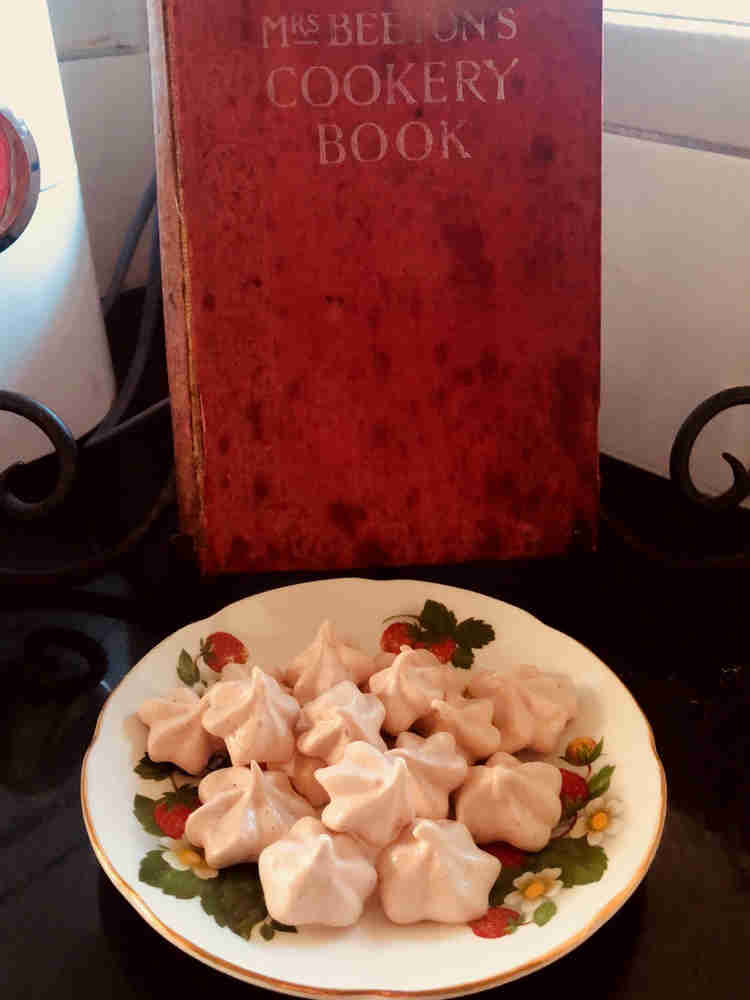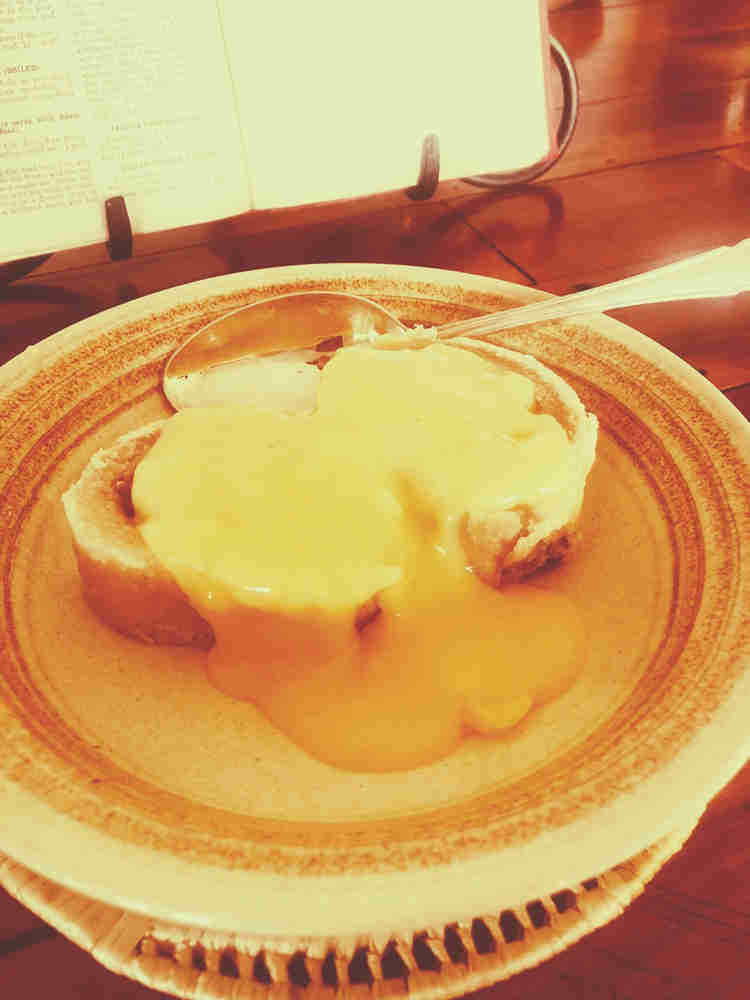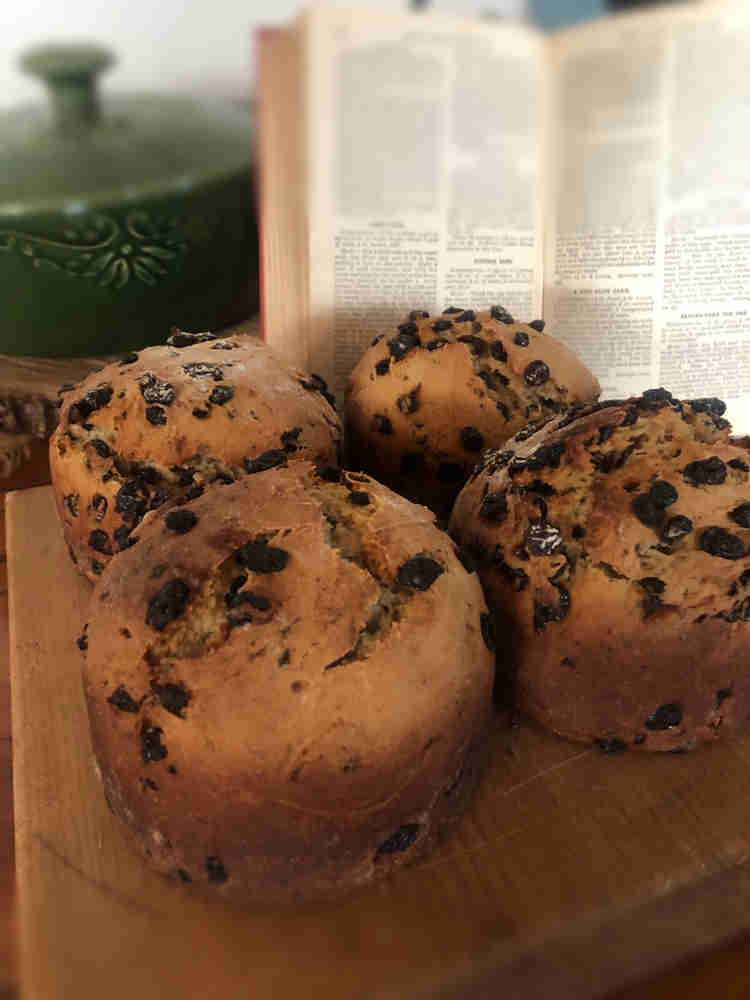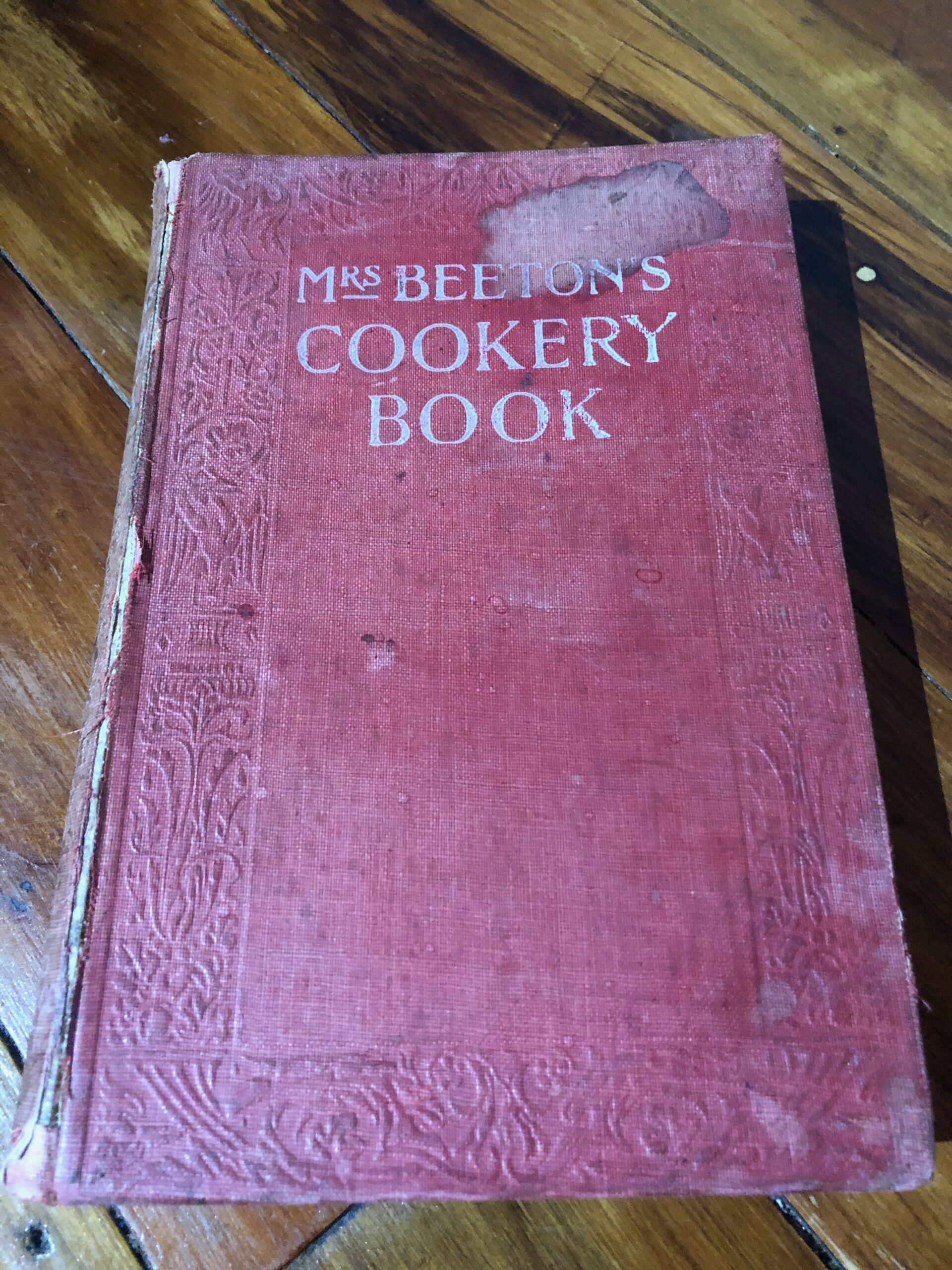Mrs Beeton’s Adventure – Strawberry Drops

After a break from our regularly scheduled programme, I am back again with another adventure into the great Mrs Beeton’s cookbook. 😄
As a celebration for retaining our sanity through a very loooooooooong lockdown, I thought it was time for a special treat! I think we all deserve one, so here goes….
I guide you to the very sweet section of ‘Confectionery and Ices’ of this lovely old cookbook and very summery sounding (and smelling, it turns out) Sweet drop. Now this recipe is called Strawberry drops but the caption says that you could use any fruit you desire. Let your imagination run wild people!
I decided to stick to the original plan and make these with my family’s favourite summer fruit – Strawberries. 🍓
The recipe ingredients are pretty concise and you will only need 1/2lb of finely powdered sugar (icing sugar), 1/2 pint of the juice of your chosen fruit (pulp) and 2 egg whites. Should be a super quick treat right? Sounds perfect!
 I started by whizzing my fresh strawbs in the food processor and straining then again through a sieve so that I had a smooth as silk ‘juice’. Then all you need to do is whip the egg whites into stiff peaks and fold the three ingredients together. If you are no stranger to cooking you may be taking a look at your mixture right now and thinking it’s pretty much like a flavoured meringue, right?!
I started by whizzing my fresh strawbs in the food processor and straining then again through a sieve so that I had a smooth as silk ‘juice’. Then all you need to do is whip the egg whites into stiff peaks and fold the three ingredients together. If you are no stranger to cooking you may be taking a look at your mixture right now and thinking it’s pretty much like a flavoured meringue, right?!

It pretty much is, and the smell of the fresh fruit is divine! You may want to make these in all different flavours just to have this smell in your house 24/7. 😄
So I got my lovely piping bag out and fitted it with a pretty nozzle and spooned the mixture into my bag ready to pipe some teeny drops onto my baking tray. Making sure I had lined multiple baking trays with paper (cause it makes heeaps!) I went ahead and piped them out.

Now the recipe only says to ‘bake in a very cool oven’, so I needed to call on my previous meringue knowledge for this one. I set my oven to 120 degrees Celsius and baked them for around an hour, It ended up a very long dance party time today as it made 4 trays of mini ‘drops’

All that was left now was to plate up a dainty plate of drops and ration myself to a few at a time. 😄 These are great for decorating cakes and desserts and the natural fruit flavour is better than a processed sweet any day. Don’t be scared to try making homemade sweets and candies, they will be so much better for you than the store bought kind.

In my YouTube video I include an excerpt from Mrs Beeton encouraging you to do just this. 😁
I hope you enjoyed this quick bake, let me know below if you would like to read about more sweets from this cookbook. Check out my YouTube video below for a follow along tutorial.
Hope to see you back again with my next instalment. 💕











 We start off with Lima or String beans, green corn (I used regular old yellow corn as that’s all I could find – I think you can even use a mix of beans and corn to spice it up a bit), milk, butter, pepper and salt. Pretty simple list of ingredients don’tcha think? Should be a pretty short and sweet cook! Never judge a book by its cover, 😄 the cooking time is looooong!
We start off with Lima or String beans, green corn (I used regular old yellow corn as that’s all I could find – I think you can even use a mix of beans and corn to spice it up a bit), milk, butter, pepper and salt. Pretty simple list of ingredients don’tcha think? Should be a pretty short and sweet cook! Never judge a book by its cover, 😄 the cooking time is looooong!







 The instructions for baking once again don’t give any specific temperature but do say I needed a ‘well-heated oven’ and ‘1 1/2 to 2 hours baking’ time.
The instructions for baking once again don’t give any specific temperature but do say I needed a ‘well-heated oven’ and ‘1 1/2 to 2 hours baking’ time.










